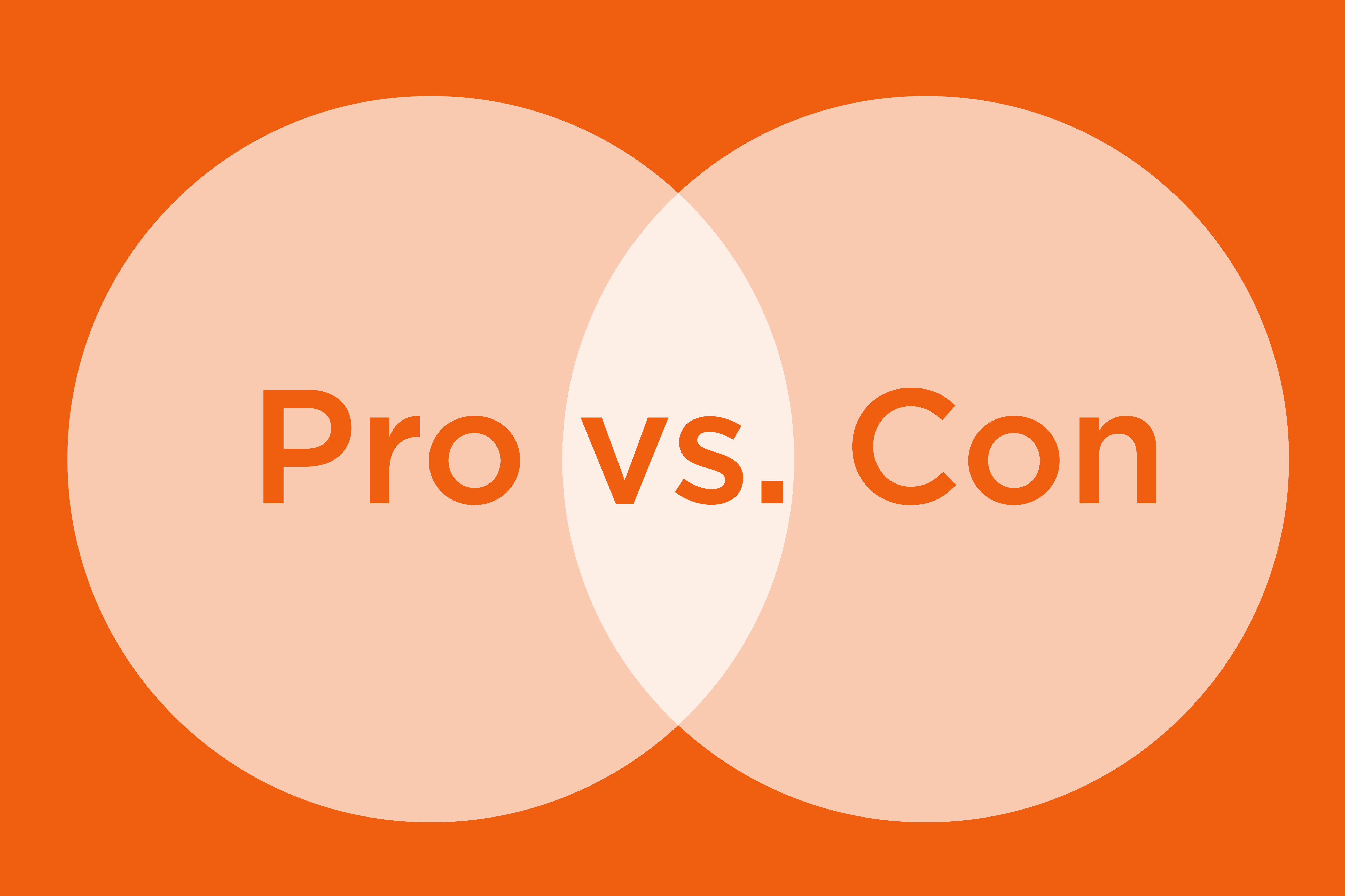As most of us probably remember – or are reliving, for those looking into graduate or professional school – college decisions can be unpredictable and baffling. However, new light shed by Stanford University undergraduates could change that.
The Fountain Hopper, Stanford’s anonymous undergraduate newsletter, recently publicized step-by-step instructions for retrieving individual college applications with comments by admissions officers (AOs). Students can request these from their school’s registrar by invoking rights granted by the Family Educational Rights and Privacy Act (FERPA). However, FERPA is only binding for schools in which a student has enrolled, so I would only be able to look at my application to the University of Miami.
If applications are requested, students can see how AOs evaluated their strengths as applicants. These include written assessments, as well as numerical or letter-based grades assigned to different qualities of the applicant, such as their community involvement or test scores.
The awareness that the Fountain Hopper has thrust in students’ hands is both empowering and enlightening. Encouraging students to open the “black box” of college admissions can add transparency, at least in the short term, to a system whose inner workings have been largely murky to the public eye.
Assuming a significant number of college students would be willing to share their application assessments with others, this knowledge would help future applicants better understand the reasoning behind what can seem like arbitrary admissions decisions. This would be especially beneficial to those who have fewer college preparation resources like private college counselors or admissions-savvy family members.
Additional transparency also compels AOs to take more liability for their judgements. Students will be able to view any direct comments on factors such as race, athletic ability and financial need. Severe inconsistencies in an institution’s admissions decisions could possibly come under review.
That’s not to say that all of the discoveries will put AOs on the hot seat. Viewing these applications can also shed light on the extensive consideration many officers put into the admissions process. The thoughtful justifications AOs make for admitted students contain much more information than a concise, mass-mailed decision letter ever will.
In Admissions Director Angel B. Perez’s op-ed in the Los Angeles Times, he discusses how persistently AOs advocate for their applicants. Looking at the product of their work could relabel a process that many perceive as impersonal and absolute into one that is deeply individualized and far from cut and dry.
It is hardly as if admissions offices have been trying to hide this information; our FERPA rights have granted us access to our applications for years. Stanford University spokeswoman Lisa Lapin even said that “a smattering of these kinds of requests” was common, in an interview with the New York Times.
Why not pluck the low-hanging fruit?
Jackie Yang is a freshman majoring in neuroscience.
See Also: Alyssa Jacobson’s CON piece, “Focus on future, leave past documents behind”






